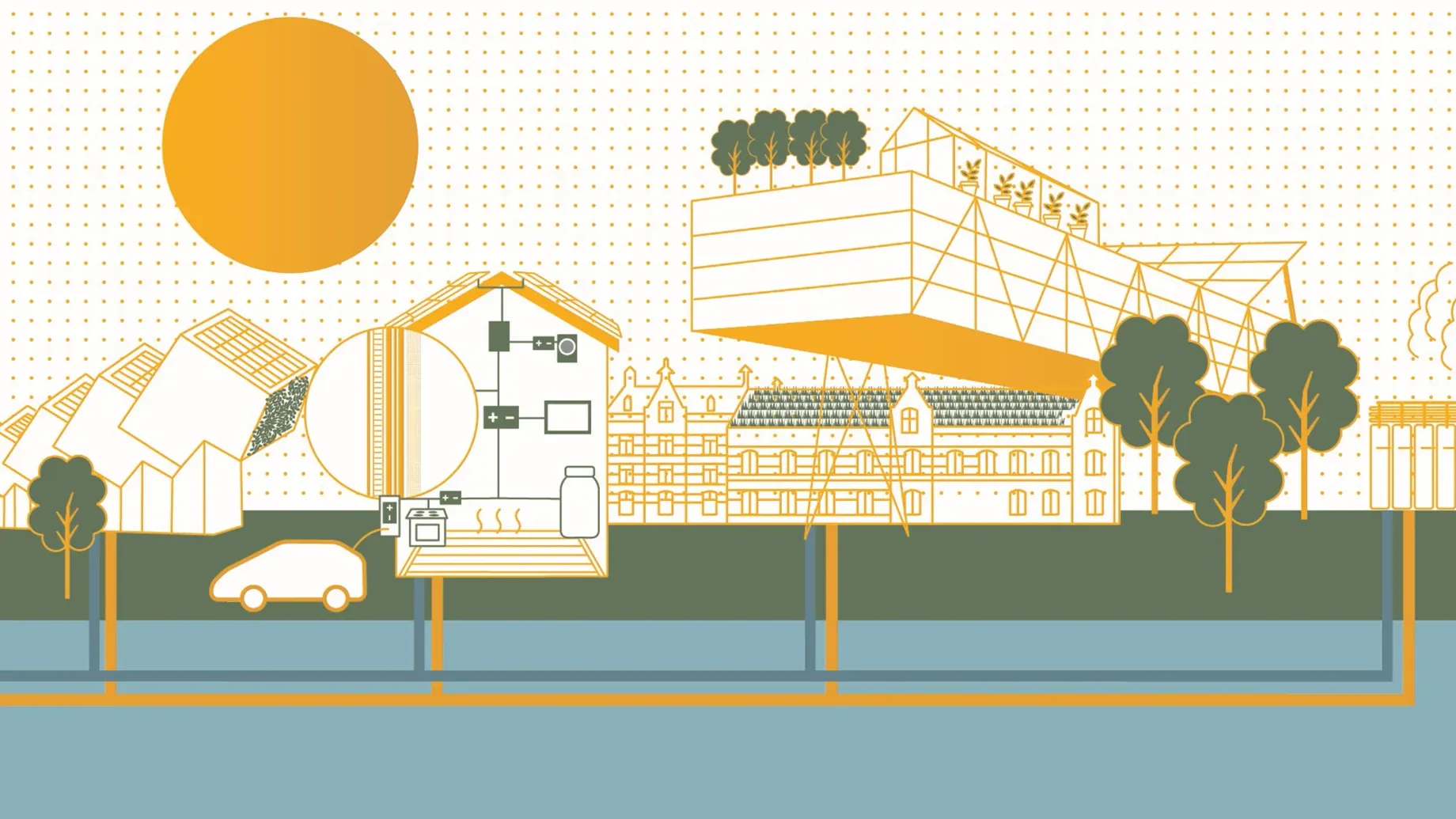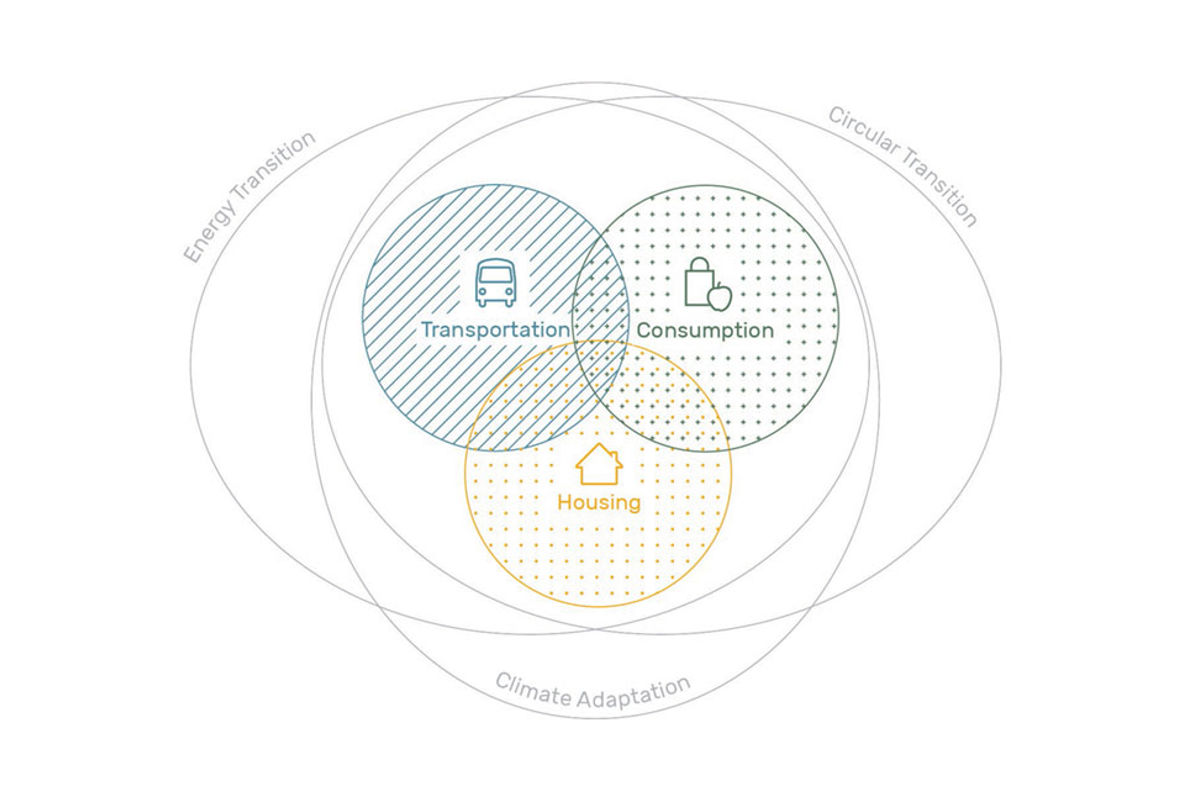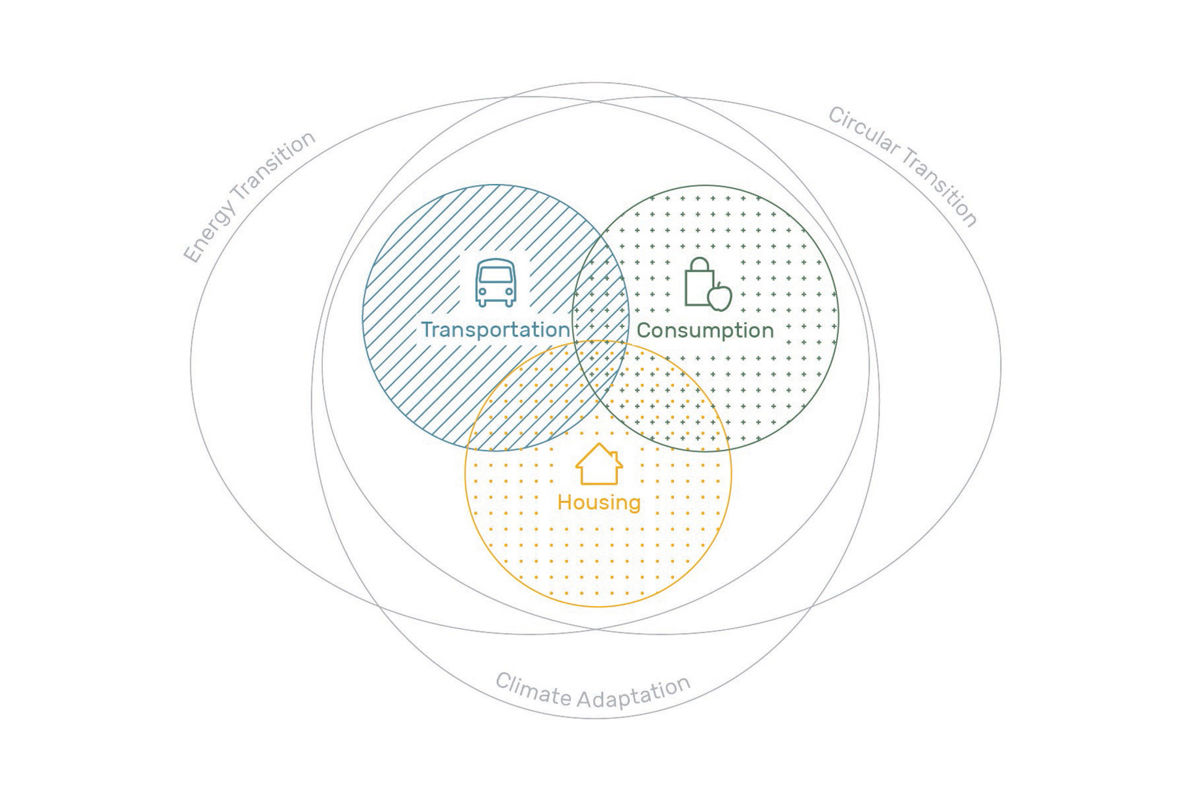Rotterdam charts course to becoming carbon-neutral by 2050
Rotterdam Energy Transition Plan 2050

Rotterdam is looking to accelerate its transition to becoming an emission-free city. As it seeks to become a more sustainable and inclusive place to live, the transition towards a green economy includes tackling energy and mobility poverty among city residents whilst becoming more resilient.
Together with DRIFT, the sustainability research institute at Rotterdam’s Erasmus University, Arup provided an overview of the challenges and opportunities that the city, which hosts Europe’s largest port, faces as it transitions to become carbon neutral by the 2050 Paris Agreement deadline. The New Energy for Rotterdam report, the result of the Pathways to Paris project, addresses some of the pressing issues facing cities going green.
Towards a carbon-neutral city
As a technical partner, Arup worked with the city to understand the carbon impact of its activities and products, analysing Rotterdam’s baseline carbon consumption and modelling two likely of CO2 scenarios as it seeks to become carbon-neutral:
- A market-oriented pathway, which focuses on all-electric solutions. If Rotterdam will deliver 73,000 new buildings and renovate no less than 213,000 homes over the next 30 years, this scenario focuses on how individuals can commit to very low temperature buildings, use sustainable individual transport and rely on heat pumps for heating. In the area of mobility, individual transport is stimulated and half of the city’s transport would take place with an electric vehicle.
- The collective pathway, which mainly focuses on collective solutions, including a low-temperature heat network, the use of geothermal energy and other renewable sources, as well as the use of collective sustainable transport. This scenario assumes that 243,000 homes will be renovated in the next 30 years, with 15,000 demolished and a further 43,000 newly built. In terms of mobility, individual car use would be drastically reduced with most city-dwellers travelling by foot, cycling and other forms of micro mobility, increasing the use of public transport.


The current challenges for Rotterdam
As Europe’s largest port and a leading industrial centre, Rotterdam has relatively high annual carbon emission levels. According to the research, the city can emit another 36 megatons of CO2 until 2050, but is likely to exceed its carbon budget by 2030 if no measures are implemented. In the short term, the report identifies two key actions: making the urban area within the city ring emission-free within five years, and phasing out the use of natural gas for heating by 2035, a measure which would require upgrades to the electricity grid and heating networks.
Rotterdam is committed to finding future-proof solutions to reduce its carbon footprint and become carbon-neutral by 2050. However, the city will not be able to achieve its climate action pledge alone. Input from the government, province, industries such as the port, as well as changes in city residents’ behaviour will all be necessary.
The report is the first calculated roadmap for a carbon neutral city in the Netherlands. The two pathways charted by Arup form the basis for the Municipality Coalition Agreements, and are an inspiring example for other cities to reach their climate goals. Arup also works with the C40 Cities Climate Leadership Group (C40), of which Rotterdam holds membership.
DRIFT
What we delivered
-
Rotterdam aims to accelerate its transition to becoming an emission-free city in the run up to the 2050 Paris Agreement.
-
As a technical partner, Arup worked with the city to understand and analyse baseline carbon consumption by modelling two likely CO² scenarios.
-
The pathway scenarios will focus on all-electric and collective solutions to drastically reduce emissions and stimulate electric vehicles or micro mobility.
Get in touch with our team
Projects
Explore more decarbonisation projects

Accelerating the development of global offshore wind infrastructure s
Offshore wind farms

Iarnród Éireann’s transition to low emission transmission
Rolling Stock Traction Decarbonisation Studies in Ireland, Ireland

Creating a net zero future for Western Australia’s road network
Main Roads Western Australia Net Zero 2050 Transition Roadmap, Australia

Building a carbon-free future for eThekwini’s energy systems
eThekwini 24/7 Carbon-free energy, South Africa
